“A beginner’s Guide to Marketing Automation” !

Introduction
In today’s fast-paced digital landscape, time is money — and for marketers, every second counts. That’s where marketing automation comes in. If you’re new to this concept, don’t worry! This beginner-friendly guide will walk you through what marketing automation is, why it matters, how it works, and how to get started without feeling overwhelmed.
What is Marketing Automation ?
In simple terms, marketing automation uses software and tools to automate repetitive marketing tasks. This could include sending emails, posting on social media, nurturing leads, and tracking customer interactions — all with minimal manual effort.
The goal ?
To deliver the right message to the right person at the right time, automatically.
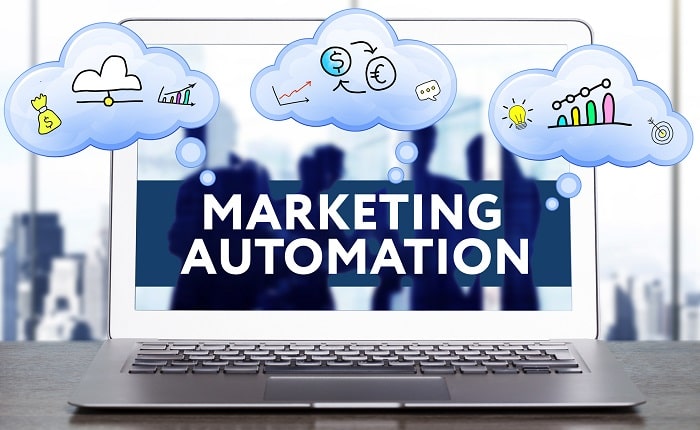
Why Should You Use Marketing Automation ?
Here are a few compelling reasons why businesses of all sizes are adopting marketing automation:
✅ Saves Time: Automate repetitive tasks so your team can focus on strategy and creativity.
✅ Generates More Leads: Automatically capture, nurture, and qualify leads for your sales team.
✅ Increases Revenue: Personalized, timely communications boost conversions.
✅ Improves Customer Experience: Send relevant content based on user behavior and preferences.
✅ Measures ROI Easily: Get clear data on what’s working and what’s not.

How Does Marketing Automation Work ?
At its core, marketing automation revolves around three key elements:
1️⃣ Workflows:
A workflow is a series of automated actions triggered by a user’s behavior. For example:
• Someone downloads your e-book → They automatically receive a follow-up email → If they open it, they get another email with a special offer.
2️⃣ Lead Scoring:
Assign points to leads based on actions they take (like clicking a link or visiting pricing pages). This helps your sales team prioritize hot leads.
3️⃣ Personalization:
Use data to tailor content and offers for each customer — increasing engagement and trust.
Popular Marketing Automation Tools
There are many tools on the market. Here are a few popular options for beginners:
• Mailchimp: Great for small businesses just starting out.
• HubSpot: Offers a powerful free CRM with automation features.
• ActiveCampaign: Combines email marketing, automation, and CRM.
• Marketo: Suitable for larger companies with more advanced needs.
Choose a tool based on your budget, business size, and goals.
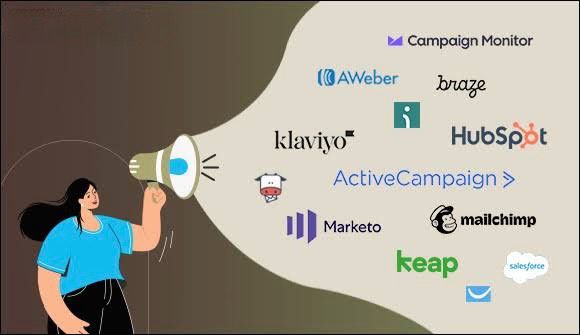
How to Get Started with Marketing Automation
Starting small is key. Here’s a step-by-step roadmap:
✅ 1. Define Your Goals:
Do you want to generate leads? Nurture existing ones? Retain customers?
✅ 2. Understand Your Audience:
Create buyer personas and map out their journey.
✅ 3. Choose the Right Tool:
Pick a platform that fits your budget and integrates well with your website and CRM.
✅ 4. Create Simple Workflows:
Begin with one or two workflows, like a welcome email series for new subscribers.
✅ 5. Test and Optimize:
Monitor results, tweak your workflows, and gradually build more complex automation
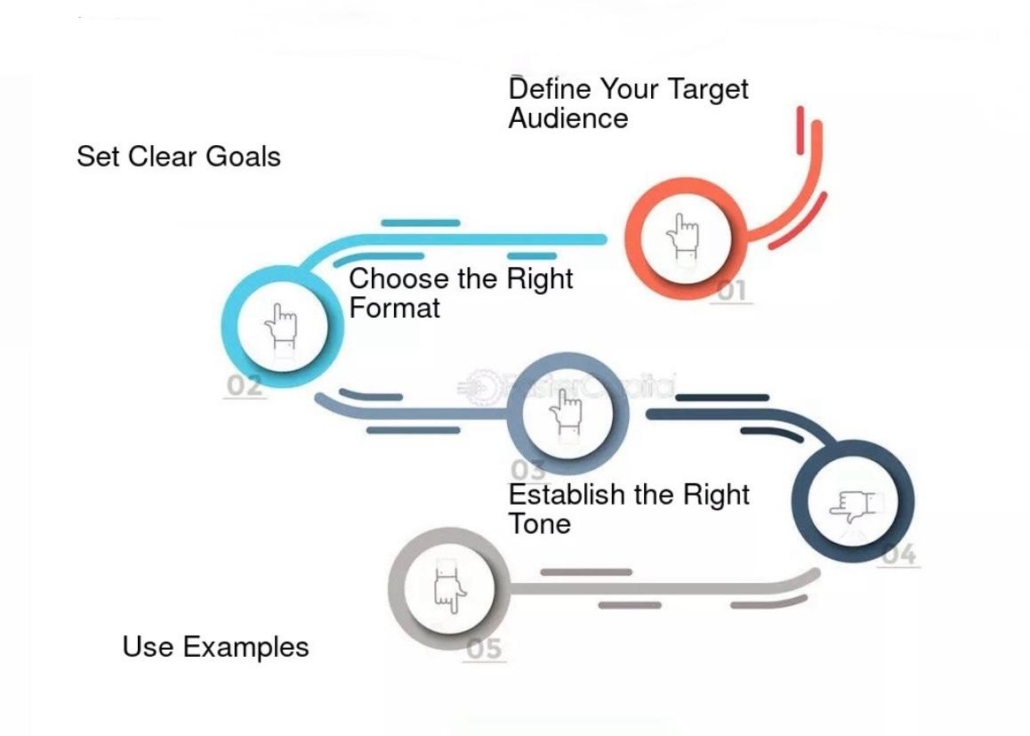
Tips for Success :
✨ Keep it human: Automation doesn’t mean you lose the personal touch. Write your emails and messages as if you’re speaking directly to your audience.
✨ Don’t overdo it: Bombarding users with too many automated messages can backfire. Respect their inbox and attention span.
✨ Keep learning: Marketing automation is constantly evolving. Stay updated with best practices and new features.
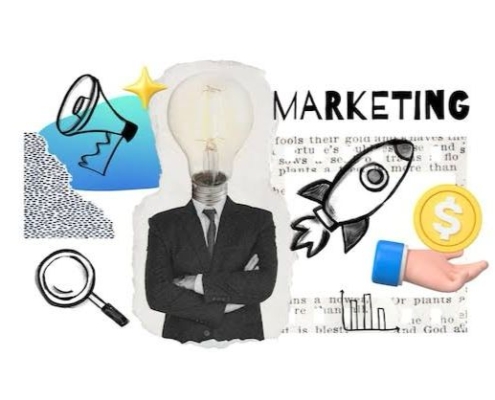
Final Thoughts
Marketing automation is a game-changer for businesses that want to save time, engage better with customers, and drive growth. By starting small, setting clear goals, and continuously refining your strategy, you’ll unlock the true power of automation — even as a beginner.
Ready to get started? Dive in, experiment, and watch your marketing run like a well-oiled machine!
👉 Need help setting up your marketing automation?
Contact us today — we’d love to help you make it simple and effective.
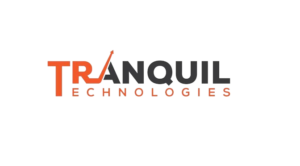
Leave a Reply
Want to join the discussion?Feel free to contribute!